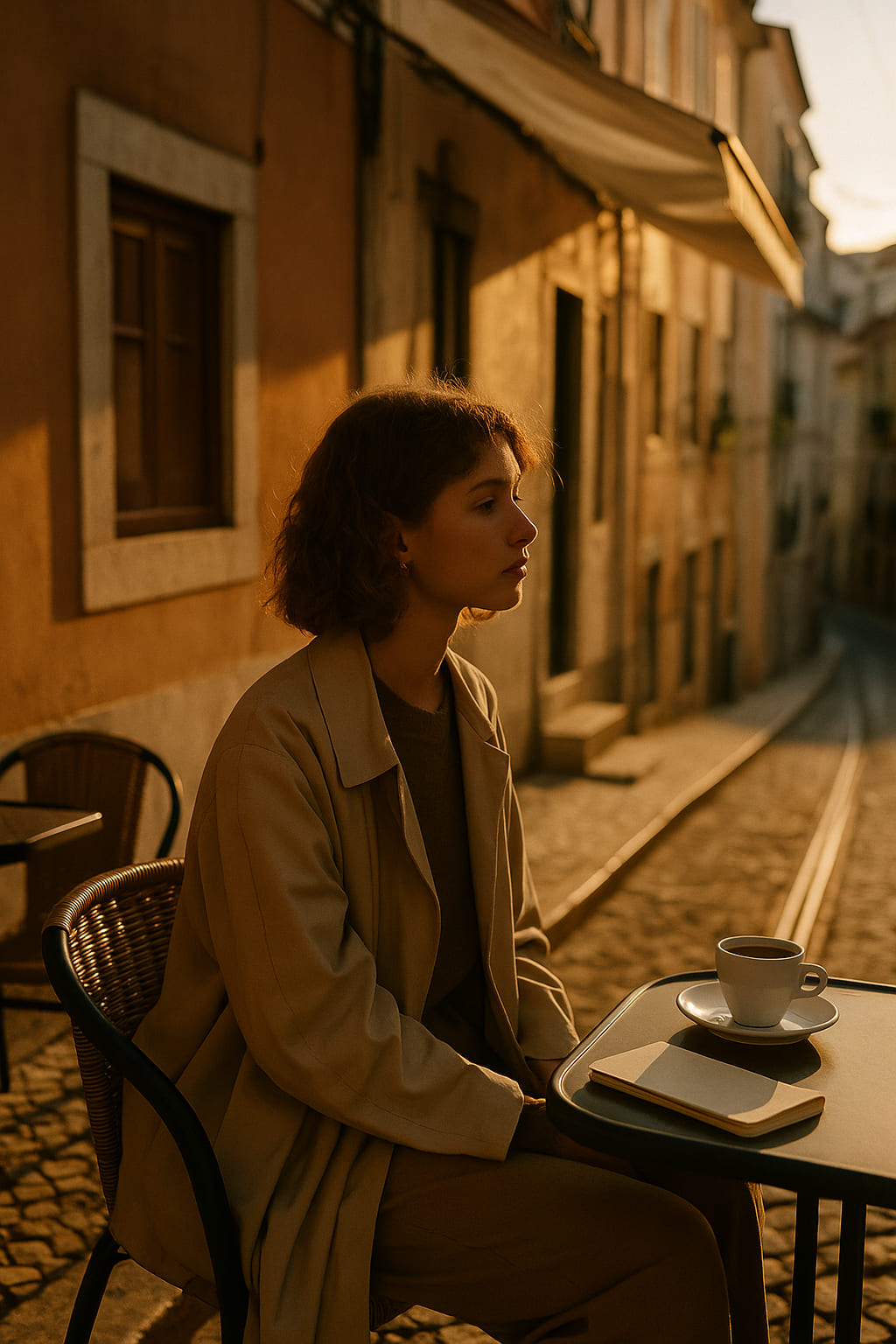Lisbon Is Leading Europe’s Slow Travel Revolution
As the summer travel season takes off, one European capital is quietly shifting the rhythm — and travelers are listening. Lisbon, long admired for its light, music, and layered culture, is now being recognized as the epicenter of Europe’s “slow travel” revolution.

This morning, a report from Booking.com and The Guardian ranked Lisbon among the top five cities globally where slow travel is replacing the checklist-style tourism of the past decade. The findings? More travelers are choosing experiences that favor slow mornings, long café stays, and visual immersion over packed itineraries — and Lisbon delivers it all with elegance.
The Charm of Slowness
Unlike major capitals pushing hard for large-scale tourism, Lisbon seems to have embraced something else entirely: intimate discovery. From Alfama to Bairro Alto, the city invites you to explore at your own pace — not in cars or buses, but through footsteps, tramlines, and conversations over espresso.
“Lisbon has a mood,” says Sofia Teixeira, a local photographer whose analog shots have gone viral for capturing slow travel moments across the city. “It asks you to breathe with it. To notice color, texture, light. That’s what people come here for now.”
Cafés Over Checklists
The new traveler profile arriving in Lisbon is different. They're more likely to bring a sketchbook than a selfie stick. They opt for pastelaria mornings and Fado evenings rather than skip-the-line museum tickets. Artisanal lodging is on the rise, and Airbnb data confirms that bookings in the Graça and Estrela districts (areas known for slow living) are up 32% from last year.
Lisbon’s café culture plays a major role here. Places like Copenhagen Coffee Lab and Hello, Kristof are now morning hubs for creatives, remote workers, and travelers who value aesthetic rhythm over rush.
“Slow travel isn’t about doing less. It’s about doing better.” — João Ferreira, designer & Lisbon native
Style, Space, and Soul
Lisbon is not just slow — it's stylish. The city’s approach to fashion, design, and culture aligns perfectly with the slow movement. Independent shops and concept stores (like A Vida Portuguesa or Bairro Arte) offer curated pieces rooted in heritage and sustainability.
“People come here and realize: you don’t need to chase trends,” says Renata Lima, creative director at Fabrica Features. “You need to find the pieces that match your pace.”
The city’s tiled façades, faded pinks, and sunny ochres are becoming symbols of visual mindfulness. Lisbon doesn’t beg for attention — it reveals itself slowly, a little more with each step.
Urban Calm with Creative Pulse
Despite the calm, Lisbon is far from sleepy. The slow travel wave is deeply intertwined with the city’s creative revival. Music collectives, analog film labs, rooftop galleries, and botanical cafés have taken over abandoned buildings and repurposed ruins.
The recently restored Largo Residências is a perfect example — an art residency space, café, and hotel all in one, set in a quiet corner of Intendente. It doesn’t sell tours. It cultivates moments.
What It Means for Summer 2025
With Paris and Barcelona bracing for record crowds, Lisbon is finding strength in something else: intention. This summer, more airlines are offering flexible Lisbon stopovers, slow tourism guides are trending on TikTok, and Google Trends reports a 64% increase in searches for “Lisbon walking routes” and “slow travel Europe.”
Lisbon isn’t the loudest city this summer — but it might be the most photographed, remembered, and felt.
And in a world that moves faster each day, maybe that’s exactly what we need.
Words by Style Atlas